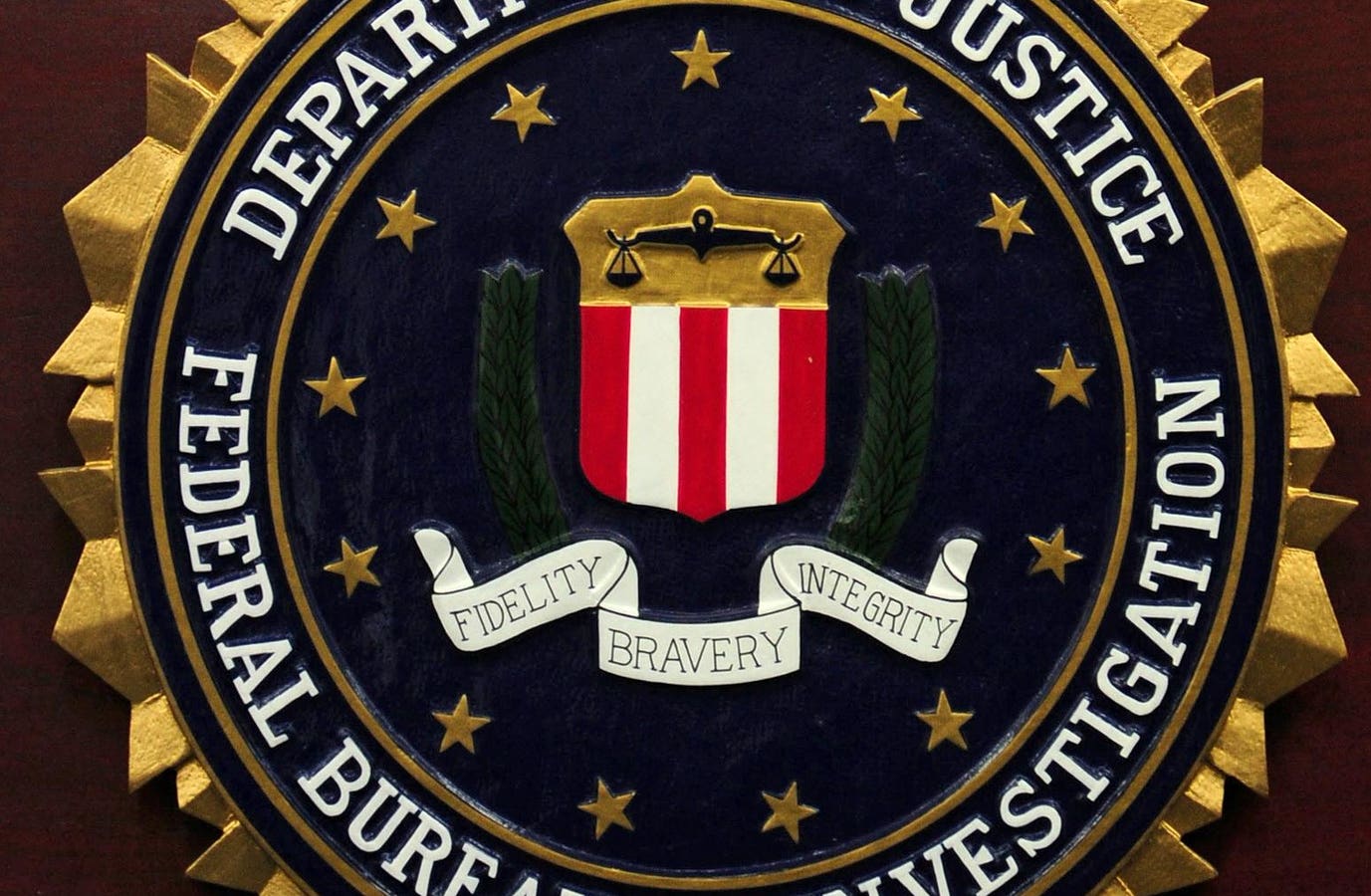A viral 2021 study found PFAS in makeup products, sparking change in the beauty industry.
getty
When you put on lipstick or foundation, you expect a little glamour—not a dose of harmful chemicals that could stay in your body for years and on the planet forever. Yet until recently, that’s exactly what many beauty products delivered. The good news? Initiated by a 2021 scientific study and some strategic science communication, change is sweeping through the global cosmetics industry.
This is the story of how evidence, advocacy, and a splash of media coverage helped turn mascara and lip gloss into a frontline for public health and transformed a multi-billion-dollar industry.
The Study That Shook the Beauty Industry
In 2021, the Green Science Policy Institute, working with researchers from Notre Dame, Indiana, and Toronto, tested hundreds of cosmetics. What our joint peer-reviewed study found was sobering: more than half contained fluorine—a red flag for the likely presence of per- and polyfluoroalkyl substances (PFAS), also known as “forever chemicals.” Waterproof mascara, liquid lipstick, and foundation had the highest levels.
When we dug deeper, some products contained multiple different harmful PFAS compounds. And here’s the kicker: most did not list PFAS on their label.
Why does this matter? Of the PFAS tested for toxicity, nearly all have been linked to cancer, infertility, thyroid disease, reduced vaccine effectiveness, and more. In beauty products, PFAS can be ingested in lipstick, absorbed through the skin, or seep in through tear ducts.
“Lipstick wearers may inadvertently eat several pounds of lipstick in their lifetimes,” author Graham Peaslee of the University of Notre Dame said at the time. “But unlike food, chemicals in lipstick and other makeup and personal care products are almost entirely unregulated in the U.S. and Canada. As a result, millions of people are unknowingly wearing PFAS and other harmful chemicals on their faces and bodies daily.”
And it’s not just personal exposure. PFAS wash down drains during makeup removal, and contaminate air and water during manufacturing. All PFAS are either extremely persistent in the environment or break down into other extremely persistent PFAS. This means that PFAS pollution reverberates across generations.
Science Communication That Made Waves
We knew our findings couldn’t just sit in an academic journal. So we timed the study’s release with the introduction of bipartisan Senate and House versions of the No PFAS in Cosmetics Act instructing the FDA to ban all PFAS in cosmetics. We held a web briefing with the Senate and House legislators sponsoring the bill that was attended by cosmetics manufacturers, retailers, press, and NGOs. This timing ensured that solid evidence reached policymakers and the industry when they needed it most.
We also focused on media outreach. By pitching under embargo, we ensured the story broke big – on Good Morning America, CNN, The Guardian, the Associated Press, and hundreds more outlets worldwide.
We partnered with advocacy groups, too. Breast Cancer Action mobilized consumers to pressure lawmakers to support the No PFAS in Cosmetics Act, and 700 people did so. Breast Cancer Prevention Partners invited 600 cosmetics manufacturers and retailers to support the legislation and attend our web briefing.
Finally, we created a page on our website and tip sheet to help cosmetics companies eliminate PFAS and also directly invited them to schedule meetings with our team.
The message was clear: the science is in, and the beauty industry needs to clean up its act.
From Study To Regulation—Fast
The impact came quickly. California passed the PFAS-Free Cosmetics Act in 2022, setting a 2025 deadline for personal care and beauty products free of intentionally added PFAS. Colorado, Maryland, Washington, Connecticut, and Minnesota soon followed.
Momentum spread globally. New Zealand became the first country to rein in PFAS in cosmetics, banning import and manufacture by 2026 and sales by 2027. France enacted a ban effective January 1, 2026.
The beauty industry got the memo. L’Oréal, the world’s largest cosmetics company, pledged to eliminate PFAS by the end of 2024—hitting over 99% compliance ahead of schedule. Sephora added PFAS to its “Clean at Sephora” list, and Ulta Beauty added them to its Conscious Beauty program’s “Made Without List.” Chemical safety is now as much a part of beauty branding as color palettes or skin tones.
Lessons Beyond Lipstick
The PFAS-in-cosmetics story shows what’s possible when science is communicated with purpose. By linking rigorous research with media attention, policy timing, and consumer advocacy, one study helped spur a multibillion-dollar industry to make makeup safer.
The playbook works. Clear evidence, amplified and connected to action, can accelerate change—whether it’s in cosmetics, household products, or any other sector where hidden chemicals lurk.
After all, beauty should enhance our health, not compromise it. And with persistent chemicals like PFAS, we’ve learned that what goes on your skin can harm the world forever.









